Redmi Note 7 review: that's a hard "yes"!
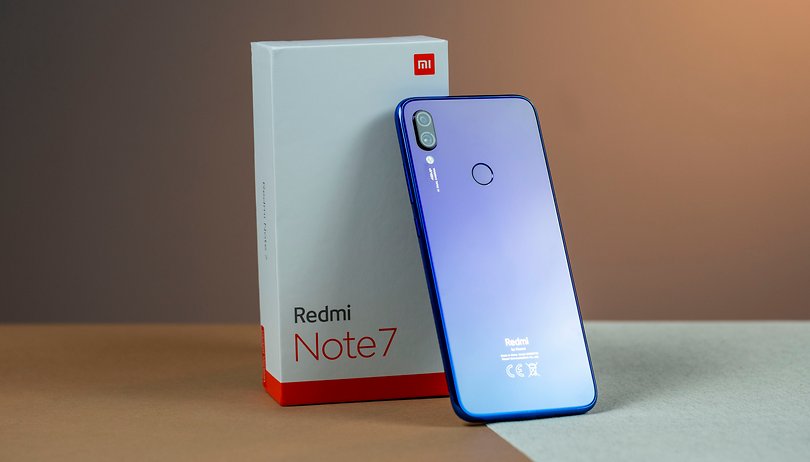

If there is one market segment in which Xiaomi has always been extremely competitive, it is that of cheap smartphones. The new Redmi sub brand is oriented towards this mid to low end of the market, and the Note 7 is its debut. I had the chance to try this entry level 48MP camera smartphone while waiting for the official launch. To say that I was convinced by it would be a severe understatement.
Good
- Value for money
- Materials and construction
- Display
- Battery
- Audio Jack, IR LED, USB Type-C
Bad
- Slow charging system
- Protruding camera
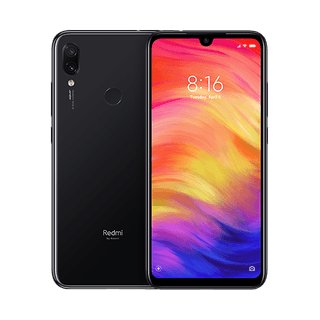
An unbeatable price (for now...)
Redmi Note 7 enters the market with a price of 179 euro (around $200) for the 3GB of RAM and 32GB of expandable internal storage version, and 199 euro (around $223) for the 4/64GB version, which is the one we tested. There also exists another version with 6GB of RAM and 64GB storage, but it's not available in all regions.
"Excuse me, miss, are you sure the price of this phone is right?"
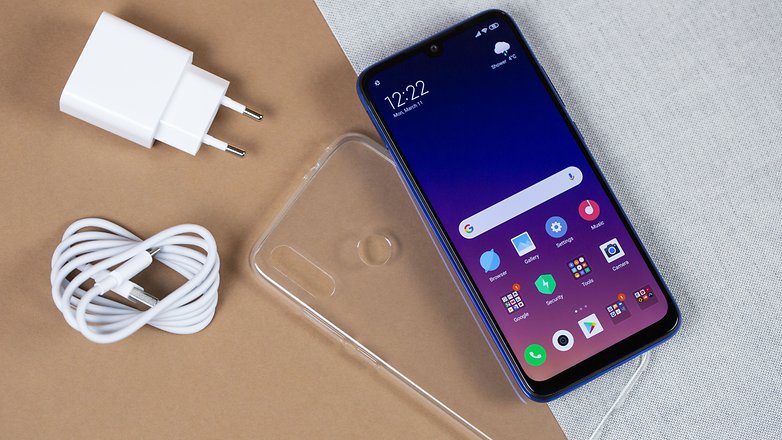
It will be possible to buy Redmi Note 7 in 4GB/64GB version starting from March 15th on the official Xiaomi website, at authorized Mi Stores and through retail partners.
For the 3GB/32GB version you will have to wait until March 21st. It will be available only through the official website, on Amazon and at the authorized Mi Stores.
A stylish smartphone...
I will start by saying that the design of this Redmi is not the most original you can imagine. But let's be honest, what smartphone is unique these days?
Redmi Note 7 is also made using a sandwich of two glass panels that enclose what at first glance looks like a metal frame. The Neptune blue color in our possession even has a slight gradient that tends to look purple at the back and closely resembles the design of the latest Honor/Huawei smartphones. I don't mind if I'm being honest.
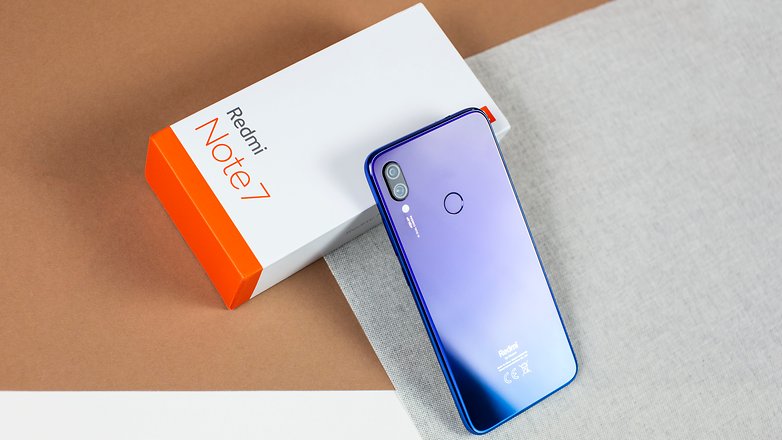
Unfortunately, the frame is only painted with a metallic color but is made of plastic. The transparent silicone cover included in the package will however prevent it from being scratched and easily damaged in case of a fall. The cover is not the most elegant, but for the price it is nice to see it included.
In the middle of the body there is a reliable and very fast capacitive fingerprint reader while on the right side there is the volume balance and the power button. Despite its lack of originality, I must admit that I love this smartphone. The size is not exaggerated but it is not a compact phone, the design is modern, elegant, and the rounded frame helps ergonomics.
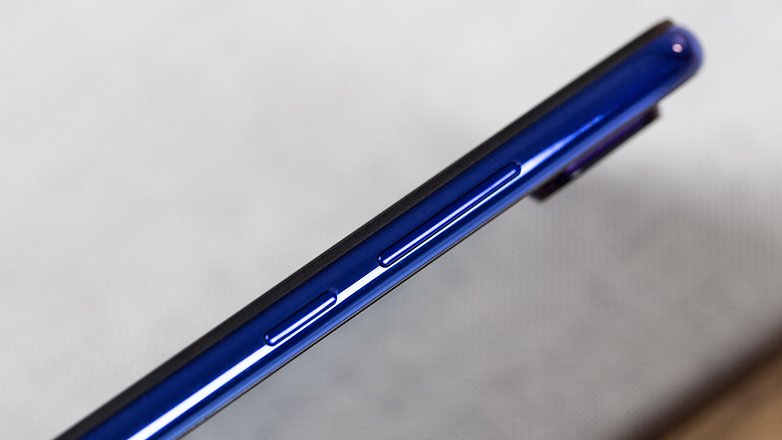
Anyway, there are a couple of aspects of the construction of this Redmi Note 7 that I just can't like. The vibration motor is strong and easily recognizable in your pocket, but quite noisy and annoying when typing. I ended up deactivating the haptic feedback to silence it. In addition, the cameras protrude out significantly and the cover in the package fails to even out the difference in height.
...with a great display!
Where the Pocophone F1 failed, the Redmi Note 7 succeeds ! The Note 7 screen uses a well-defined 6.3" IPS panel (1080x2340 pixels), which is bright and has nice colors. When looking at the Pocophone F1, the first thing I thought was: "Wow, so this where they made compromises". The same cannot be said about this new Xiaomi.
The bezels are still present, especially in the part just below the display, and the corners are once again exaggeratedly rounded, causing small problems with the UI of some applications. We also find a notch very similar to that of the Xiaomi Mi 9, but with a screen/front surface ratio of over 80%. You cannot ask for better.

In the sun, the smartphone is easily readable (even if far from the quality of an OLED panel) and in the dark the brightness can be sufficiently dim. One of the small flaws I've encountered is the tendency to exaggerate blacks making it difficult to distinguish some of the darker shades. Nothing to worry about, however.
Gorilla Glass 5 is used to protect the front as well as the body. Although the glass at the back is slightly curved to the sides to improve grip, the protective glass of the display is completely flat and is lifted from the rest of the body of the smartphone by an unpleasant step.
Before continuing
I want to take a moment to highlight the attention to user needs that Xiaomi has put into this smartphone. Despite a price that I would call bargain, the company has managed to include almost everything you'd need on the Redmi Note 7.
The charging port is Type-C (although still USB 2.0), there is a 3.5mm audio jack and a notification LED. There's even an infrared LED so you can use your phone as a remote control. Bluetooth 5.0 and the Wi-Fi 5 protocol (formerly known as 802.11 ac) are also present.
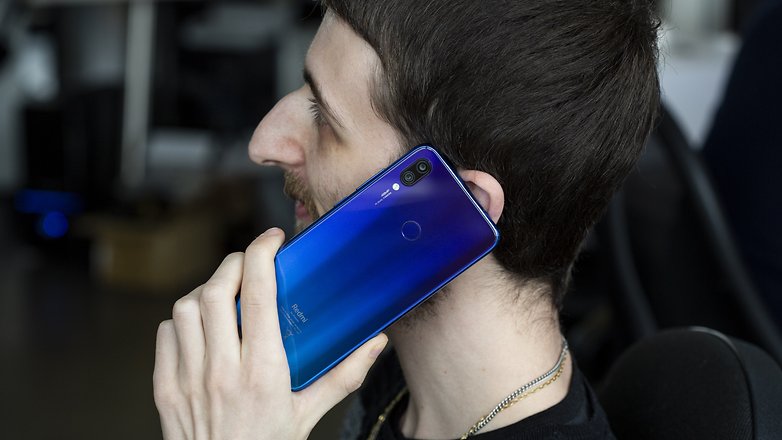
Pros and cons of MIUI
On board, of course, we find the MIUI 10 UI - this time without further strange customizations such as a custom launcher in the style of Pocophone F1. In addition, the basis for the Redmi Note 7 software is Android 9.0 Pie, another point in favor of this device.
We don't find any exclusive functions and some third party apps such as Opera Browser and Facebook are pre-installed, however these apps are easily uninstallable (can be properly uninstalled, not just deactivated, take note Samsung...).
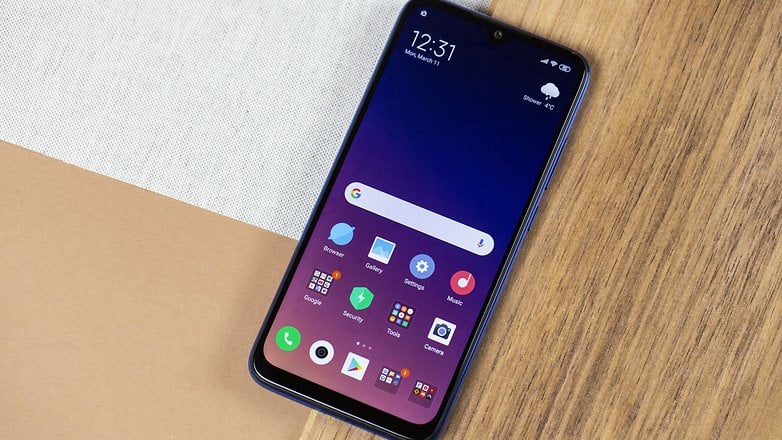
By now, if you've been following me for a while, you know that I love Xiaomi's software and the Note 7's operating system. Unfortunately, however, it is good to remember that this software is perhaps not the best for those who need to look out into the world of Android. The functions are many, the settings even more, and the customizations cover every single aspect of the software. An inexperienced user may, therefore, find themselves confused. Moreover, this skin will objectively not please everyone...
Although Android Pie is present we don't find basic functions such as Digital Wellbeing (incompatible according to the Play Store), the adaptive battery system or a dark theme (coming on many of the Xiaomi smartphones with the next updates of MIUI and already available on Mi 9). That's too bad.
Enough power to make you forget about the competition
Even with regard to performance, no complaints can be made. There aren't top-of-the-range components, but what we find inside the Redmi Note 7 is far too much for the price at which it is sold.
The SoC is a Qualcomm Snapdragon 660 with an octacore CPU (4x Kryo 260 2.2GHz and 4x Kryo 260 1.8GHz) and Adreno 512 GPU. In everyday life, the smartphone has always proved to be responsive and snappy, except in games with high graphics demands. Don't expect to play Asphalt 9 or Fortnite without running into some frame drops here and there.
Multitasking is fast and apps are kept in memory for enough time thanks to the 3GB or 4GB of RAM available. I also consider the 32GB/64GB memory sufficient for most users. For the others there is a MicroSD slot that takes the place of the second NanoSIM.
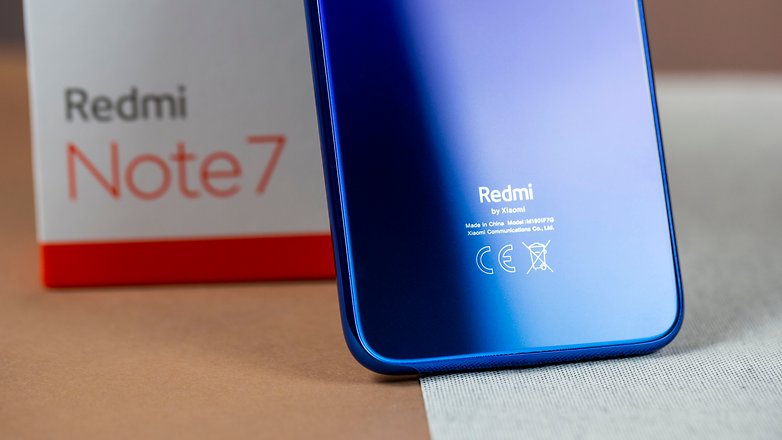
For comparison, some smartphones with similar features are the new Sony Xperia 10, 10 Plus and the new Moto G7 range. However, all of them have significantly higher prices and fewer features. Other older smartphones such as OPPO R15 Pro and the Samsung Galaxy A9 2018 are comparable in terms of performance, but their price is still higher today. Perhaps the only ones to approach this price/performance ratio are some Honor smartphones like View 10 Lite (also known as Honor 8X).
Redmi Note 7: benchmark test
| 3DMark Sling Shot Extreme | 3DMark Sling Shot Vulkan | 3DMark Sling Shot | 3DMark Ice Storm Extreme | Geekbench 4 (Single/Multi) | PassMark Memory | PassMark Disk | |
|---|---|---|---|---|---|---|---|
| Dramas Notes 7 | 1356 | 1304 | 2065 | 26482 | 1634/5904 | 12833 | 51462 |
| Huawei P Smart 2019 | 824 | 1355 | 902 | 16742 | 1522/5276 | 10584 | 54661 |
| Nokia 8.1 | 1830 | 1745 | 2673 | 28942 | 1846/5910 | 12454 | 51940 |
| OPPO RX17 Pro | 1825 | 1704 | 2634 | 27381 | 1814/5887 | 12222 | 67975 |
Best speakerphone ever
Xiaomi didn't even neglect the audio department . The Redmi Note 7 uses a special design of the cavity with a speaker that reminds me of the Boombox technology by LG. In addition, a DSM chip has been used to control the amplification, along with a custom micro-speaker produced by AAC for great volume and clarity of sound.
In terms of a hands-free call, there is an additional amplification level. Pressing the Volume+ button during a speaker call when the volume is already at its maximum will activate a specific mode that, according to Xiaomi, will raise the output level by an additional 40 percent! All this will do is make you regret the fact that there is only one speaker...

There is a 3.5mm headphone jack, but you can also use the Type-C USB output for wired headphones. Bluetooth 5.0 will do the rest. Also present are the software equalization features and presets I mentioned in the review of Mi MIX 3 as well as the much missed FM Radio.
48MP makes a difference at the price
Yes, I recently complained about the 48MP camera on the Honor View20. I really do think this kind of sensor is just pure marketing. However, I'll make a case for it just this once.
On the one hand we have the View20 with Sony IMX586 sensor that tries to take on the big names in the industry, a flagship with an affordable price that fails to stand up to the competition. On the other hand we have this Redmi Note 7 that uses a 48MP sensor (focal length of the lenses f/1.8), which is very similar but produced by Samsung (ISOCELL Bright GM1) and that, in all sincerity, I have seen perform worse than the View20 on some occasions. However, if we compare the results of this camera with those of other entry level smartphones, the Redmi Note 7 comes out miles ahead.
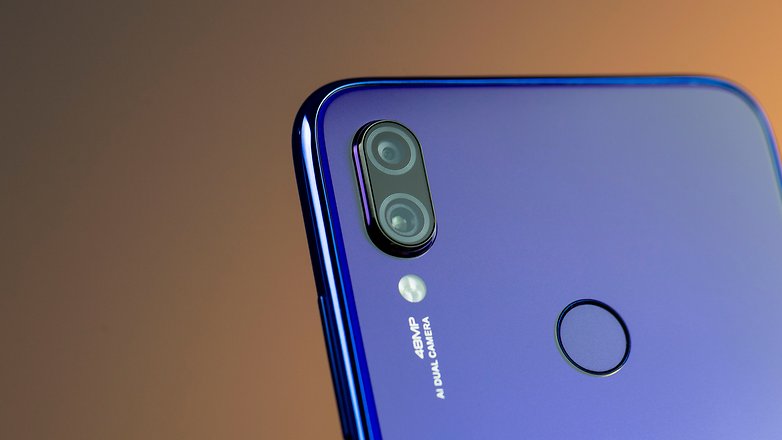
The 12MP shots (active mode by default) are sufficiently detailed in good light conditions and decent in the dark. We even find a night mode similar to those already seen on Google Pixel and Huawei smartphones. Obviously, the results are not comparable to those of a flagship, but Xiaomi has shown how this 48 MP sensor can be used to crush competition in the cheaper end of the market.
- Gallery of photos taken with Redmi Note 7
You can only shoot at 48MP in Pro mode, but I would sincerely advise against this unless you are in optimal light conditions like a beautiful sunny day outdoors.
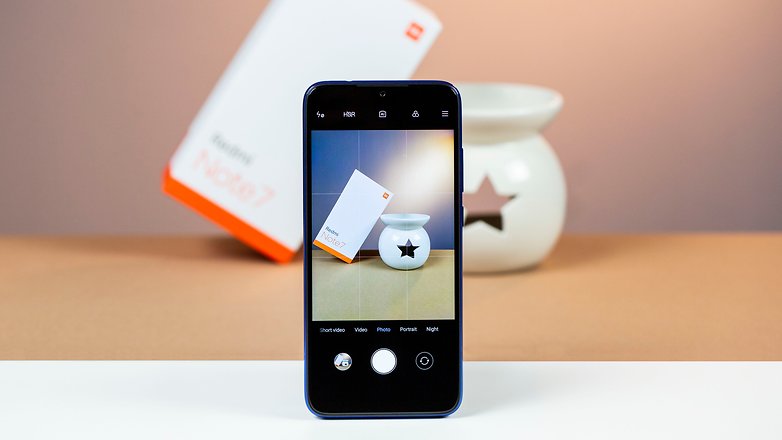
The secondary camera is a 5MP f/2.4 used only for creating a depth map used for AR apps and portrait mode (bokeh). A 13MP f/2.2 sensor takes care of selfies, which I believe is more than acceptable for this product category.
Enough energy for a weekend
The 4,000 mAh battery is huge for the use you can make of this smartphone. Between the optimization of power consumption implemented through software by Xiaomi and the low power consumption of the SoC, you will be able to reach the end of the second day away from the charger without any worries.
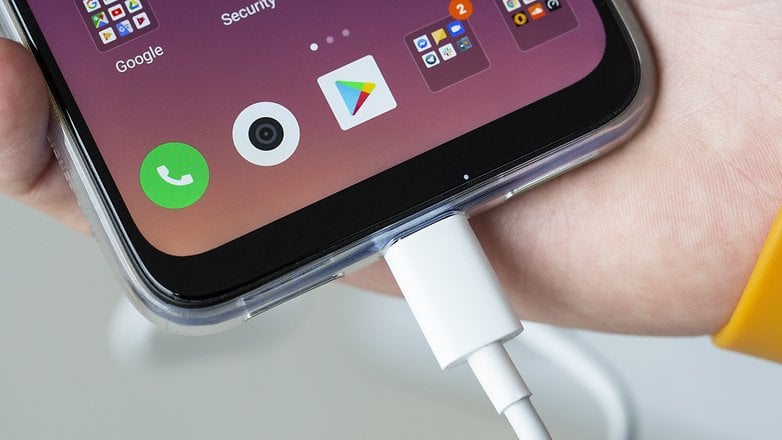
This is a good thing because in the package we find only a 10W charger (5V, 2A), which is quite slow. Fortunately Redmi Note 7 supports Quick Charge 4 (18W - 9V, 2A), so feel free to use any other compatible power supply. There is no wireless charging.
Let's have a laugh: the included slow charger still delivers twice as much power as the standard Apple charger.
Redmi Note 7 technical specifications
Xiaomi shows who's in charge in the entry level
I want to ask you sincerely: what is missing on the Redmi Note 7 considering its price? A question that is not easy to answer since Xiaomi has done a great job.
Of course, some competitors have a metal frame, IP6X certification and stereo speakers, but are offered at higher prices. The killer feature of this smartphone is the price and, until a real competitor shows up at my desk, the Redmi Note 7 will remain the low-budget smartphone that I heartily recommend.
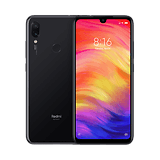


















I wonder if this one works with my cell service. I had considered a pocophone but it didn't work with my carrier. That's my only complaint about Xiaomi products. I really want to try them, but not enough to leave my carrier for one.